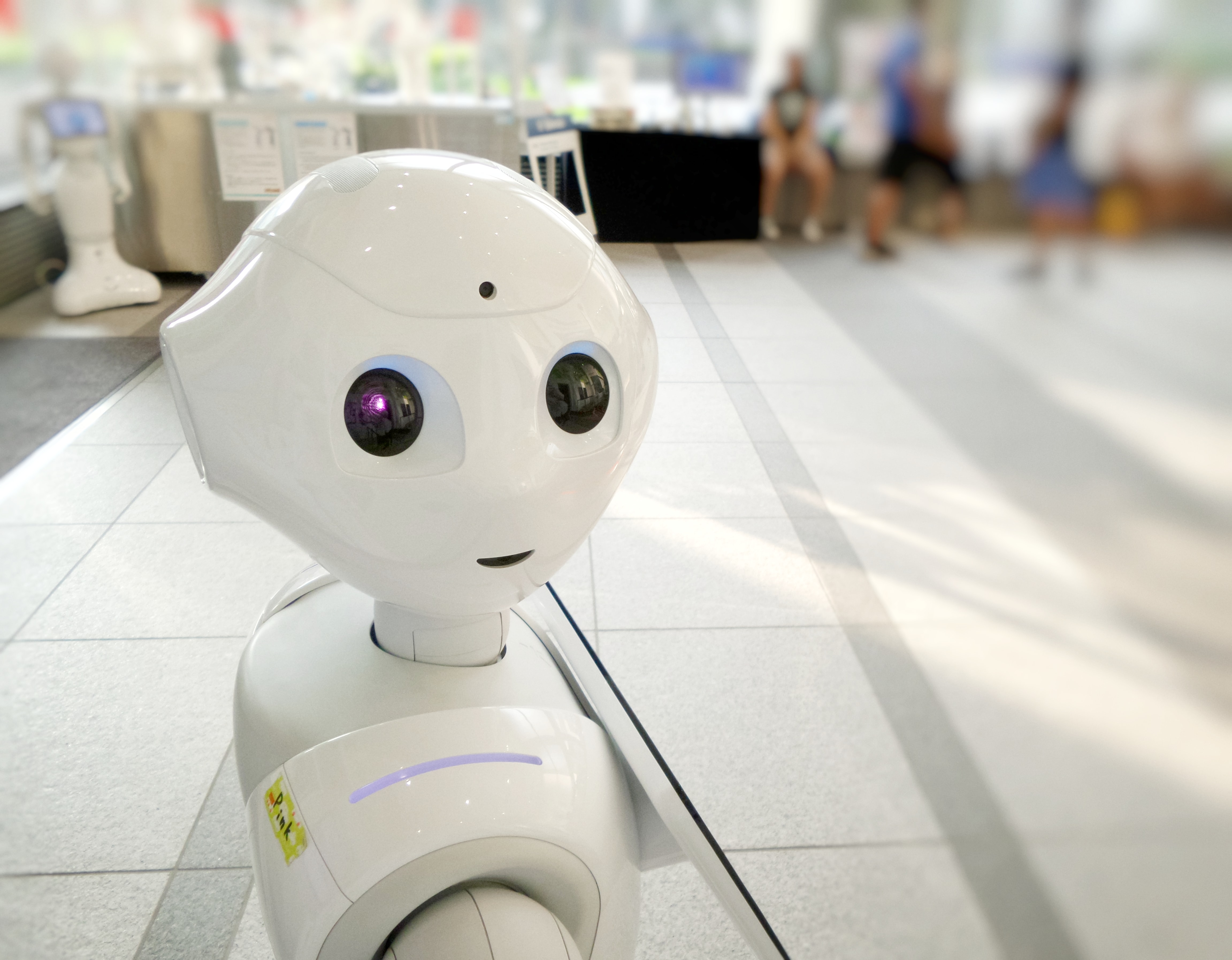Artificial inventors – Reality or science fiction?
It is today a well-established fact that a computer system can use artificial intelligence (AI) in order to solve complex computational problems in a wide range of technical fields. AI-based systems may be found in, for instance, chess-playing robots, the identification of cancerous tumors, and in control of driverless cars. However, the question whether an AI system can not only be an invention, but also an inventor, is one that puzzles patent authorities around the world. Is it realistic for a non-human to have the ability to invent, and if that is the case, what are the consequences?
The question regarding the existence of artificial inventors surfaced in 2018, when Dr. Stephen Thaler applied for a patent in Europe for his invention being related to a food container. The food container was designed such that its surface enabled an efficient stacking and handling of other containers. The subject-matter presented in the patent application was by the European Patent Office considered novel and non-obvious in view of the prior art, i.e. deemed patentable. The patent application, however, included inventorship details that were controversial, to say the least.
According to European patent law, there is a formal requirement that all patent applications must designate the inventor(s) behind the invention. Failure to comply with this requirement may result in a rejection of the patent application.
Dr. Thaler argued that the inventor of the food container was not himself, but the AI system DABUS (‘Device for the Autonomous Bootstrapping of Unified Sentience’) which he and his team had developed. Surely the only reasonable course of action was to list DABUS as the inventor in the patent application? As it turned out, things were not as straightforward as Dr. Thaler had hoped. To cut a long story short, the Boards of Appeal recently (December 2021) rejected Dr. Thaler’s patent application, partly on the grounds that an inventor has to be human. This was the case regardless of whether the food container was patentable.
Simultaneously in other jurisdictions, Dr. Thaler intended to test whether DABUS could be designated as the inventor. Today, almost four years later, the case has been challenged in federal courts in Great Britain, New Zealand, and in the United States with the same outcome as established by the European Patent Office. However, remarkably, both the Australian Federal Court and the South African Patent Office decided to recognize DABUS as the inventor of the food container.
Humans as enablers
If we put aside court proceedings and decisions, the question of artificial inventors remains highly relevant for several reasons.
We can start by asking whether it is even possible for an AI system to produce something that might be considered patentable. According to Dr. Thaler the answer would be clear, because he believes DABUS identified a problem on its own and developed a solution which was both new and non-obvious in light of the known technology. If that were the case, the author might be willing to agree. Because who would raise an eyebrow if a person invented a food container designed such that its surface enables an efficient stacking and handling of other containers?
It is not quite that simple, though. In this context, it is commonly known that poor data and poorly implemented algorithms will generate poor results. It therefore seems unlikely that an AI system could invent anything in a satisfactory manner without having obtained sufficiently qualitative data or instructions on which to base its choices. Moreover, an AI system is dependent on optimized hardware to make its ‘conscious’ choices. Ultimately, it could be argued that an AI system cannot invent on its own without being specifically developed, by a human, to do so. To challenge such an argument, a parallel can be seen in arts when considering whether an artist is any less of an artist because they are provided with a canvas and paints, especially when an AI system can identify both the problem and the solution?
For other intellectual property, such as copyright and design protections, some jurisdictions have explicit provisions that the author of a computer-generated work must be the one who enabled the creation thereof. For example, there are both AI-composed music and arts. No such explicit provisions exist in law when it comes to patent rights.
The future of human–machine relationships
Assume that, according to a unanimous international patent law decision, it was feasible to designate AI systems as inventors. Even though different countries, of course, can come to different decisions, an AI system would perhaps have to be categorized as a natural or legal person in order to be an inventor. This would at least be the case considering how European patent law is formulated today. What consequences could that implicate?
This speculative issue speaks to future human–machine relationships, and is both complex and multifaceted. If a cynical approach is taken, it would be absurd to entertain the idea of a toaster or microwave oven being considered a legal person. Yet the question remains relevant, whatever approach taken, because the fact remains that machines are becoming smarter and smarter. It raises fundamental ethical issues about integrity (am I being monitored in my home?), equality (how should an AI system be treated, or what happens if an AI system expresses xenophobic views?), and responsibility (who is responsible if an AI system creates a weapon of mass destruction?).
Although AI systems today are, by most people, considered man-made tools incapable of making conscious and wholly autonomous choices, it is worth noting that the real benefits of AI systems have emerged in the past few decades thanks to a continuous and exponential increase in accessible data. Technological advances in AI are made daily, and there will be every reason to revisit the question soon.
Written by: Emil Tostrup
